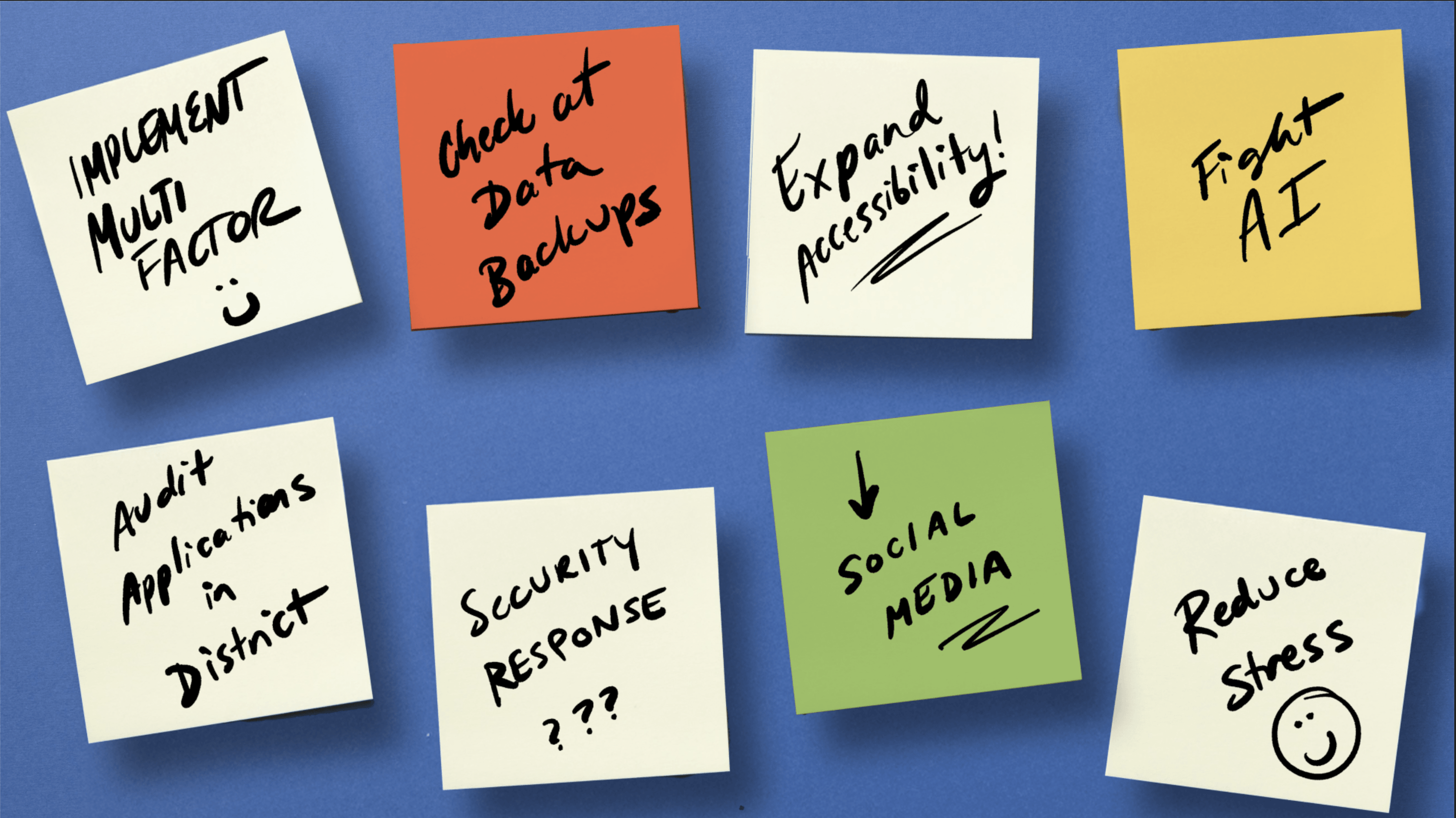Retaining Teachers Starts with Leadership Opportunities
BY Casey Thompson
Why do teachers leave teaching?
One of the big reasons teachers leave the classroom is that, as much as they love teaching, many teachers simply outgrow their career. They might be on the lookout for a new challenge, but aren’t sure if leadership opportunities exist.
Leadership comes in many forms, and the skills that make teachers successful in the classroom—building relationships with a variety of stakeholders; developing a vision for their classrooms and teaching approach, and continually pushing themselves to learn and improve for the sake of themselves and their students—are the same ones that make them successful leaders. As you think through strategies to increase teacher retention in your school through leadership development, here are some thoughts to consider:
First, focus on building trust
We’re stating the obvious, but leadership requires a high level of trust. And it’s trust that’s reciprocal: as a school leader, you need to gain the trust of your teachers and staff members, and you also need to trust and empower them to drive initiatives and make decisions on their own.One key way to build trust is by working alongside teachers to develop and strengthen your school culture. When the teaching staff understands the district’s goals, the vision for success, and where they fit in, it’s easier to work together. In that environment of transparency, everyone thrives—and then, leaders emerge.
Consider creating a “middle leadership” role
Typically, a school’s organizational structure means an entire teaching workforce reports to one principal. One person in this role can lead to fewer feedback opportunities for teachers, and a disconnect between the leaders in the front office and the leaders at the front of the classroom.What if there was a level between a principal and teachers—a “middle leader?” The primary focus of middle leaders is helping teachers improve instruction. The role is a win-win: a principal can delegate the observation, coaching, and development of teachers to the teacher leader, freeing them to focus on school-wide initiatives and overall school system leadership—and the teacher leader role provides a way for high-performing educators to stay close to students, help their colleagues thrive, and take a well-defined step ahead in their careers.
Offer leadership opportunities as part of professional development
Professional development opportunities for teachers are usually focused on new instructional methods, advances in technology, and of course, student learning needs. PD is focused on being in the classroom, not thriving outside of it—and leadership development and training is rarely offered as a PD opportunity.Provide your best teachers with a different PD experience—one that puts them in the driver’s seat of their own leadership journey. Investing in a digital badging program with leadership-focused content or creating a formal teacher leader training program in your school can signal a growth-oriented culture for those teachers who are interested in responsibility.
Realize leadership doesn’t need to equal people management
In the education world, we often default to thinking that “leadership” and “leading a team” are synonymous. The truth is, there are plenty of leadership opportunities for teachers that don’t require managing people—and one avenue to explore is edtech leadership.Fully utilizing or implementing an edtech solution into a school requires significant resources. Learning the software, training other teachers, ensuring parents understand the program and how they can best support their students—this is work that takes time and a fair amount of mental energy. Designating teachers to serve as product champions or part of an implementation team can offer them a different way to contribute—one that can reach and impact even more students. Even if you aren’t in the market for a new edtech platform, you can still create an opportunity for a teacher to flex their leadership muscles by auditing current systems and identifying potential improvements.
The ways teachers can lead are as varied as your teachers themselves. If you want to retain your teachers, don’t be afraid to think creatively about creating opportunities for them.
Follow-up resource: Mentorships matter, too.
Mentorships can play a big part in teacher retention. Learn more about what to do—and what to avoid—with these 10 Do’s and Don’ts for Effective Teacher Mentorship.
WHAT'S NEXT FOR YOUR EDTECH? The right combo of tools & support retains staff and serves students better. We'd love to help. Visit skyward.com/get-started to learn more.

|
Casey Thompson Web & Digital Media Manager |




